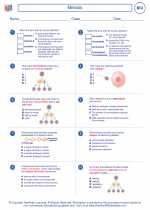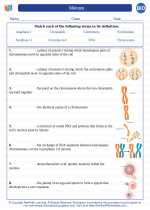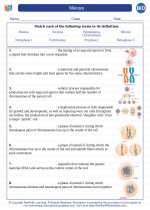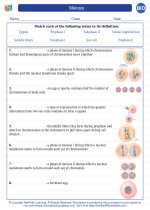Angiosperms
Angiosperms are flowering plants that produce seeds enclosed within a fruit. They are the most diverse group of land plants, with over 300,000 species. Angiosperms play a crucial role in ecosystems, providing food, medicine, and habitat for numerous organisms.
Morphology of Angiosperms
Angiosperms are characterized by several unique features:
- Flowers: These are the reproductive structures of angiosperms, typically consisting of sepals, petals, stamens (male reproductive structures), and pistils (female reproductive structures).
- Fruits: These structures develop from the ovary of the flower and contain the seeds. They serve to protect and disperse the seeds.
- Leaves: Angiosperm leaves come in various shapes and sizes, and they are the primary location for photosynthesis.
- Stems: The stems of angiosperms provide support for the plant and transport nutrients and water throughout the organism.
- Roots: Angiosperm roots anchor the plant in the soil and absorb water and nutrients.
Reproduction in Angiosperms
Angiosperms reproduce through a process called double fertilization. This involves the fusion of a male gamete with an egg cell to form a diploid zygote, and the fusion of a second male gamete with two other cells to form a triploid cell that develops into the endosperm, which nourishes the developing embryo.
Classification of Angiosperms
Angiosperms are classified into two main groups:
- Monocots: These plants have one seed leaf (cotyledon) and typically have parallel leaf veins, floral parts in multiples of three, and scattered vascular bundles in the stem.
- Eudicots: Eudicots have two seed leaves and usually have netted leaf veins, floral parts in multiples of four or five, and a ring of vascular bundles in the stem.
Importance of Angiosperms
Angiosperms are of immense ecological and economic importance. They form the foundation of most terrestrial ecosystems, and they provide food in the form of fruits, vegetables, grains, and nuts. Additionally, many pharmaceutical drugs are derived from compounds found in angiosperms.
Study Guide
To effectively study angiosperms, focus on the following key areas:
- Understanding the structure and function of flowers, fruits, leaves, stems, and roots in angiosperms.
- Exploring the process of double fertilization and the significance of endosperm in angiosperm reproduction.
- Comparing and contrasting the characteristics of monocots and eudicots, including their leaf venation, floral arrangement, and stem vascular organization.
- Recognizing the ecological and economic importance of angiosperms in sustaining life on Earth.
[Angiosperms] Related Worksheets and Study Guides:
.◂Biology Worksheets and Study Guides High School. Meiosis

 Worksheet/Answer key
Worksheet/Answer key
 Worksheet/Answer key
Worksheet/Answer key
 Vocabulary/Answer key
Vocabulary/Answer key
 Vocabulary/Answer key
Vocabulary/Answer key
 Vocabulary/Answer key
Vocabulary/Answer key
